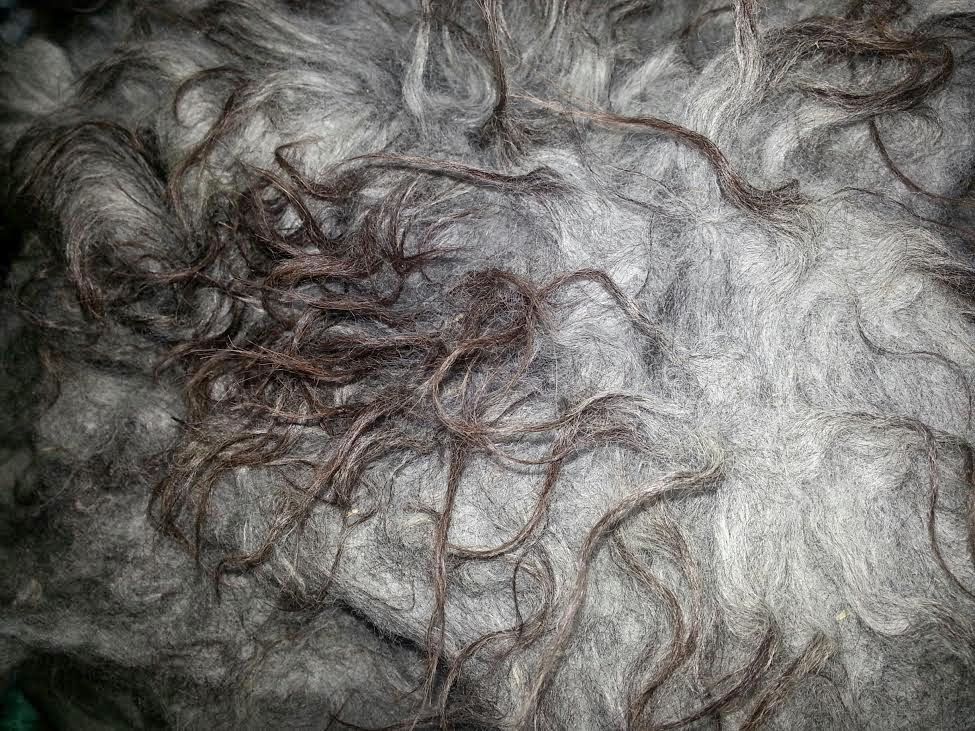As you may have noticed there has been a theme to my last few posts. I am hoping that by "teaching" everyone a few extra things with regards to different yarns and crafts that you may want to try your hand at creating! I am looking outside and thinking I can't wait to be able to find a few hours; later on as Spring progresses and the farm "clean up" is done and sit outside and make a few things while enjoying the warmth of the sun. Yes I am positive we WILL have warmth...soon!
 |
| Angora Kid |
Here is an article by: The Halo Effect: Tricks and Tips for Knitting with Mohair
The soft halo effect that mohair yarn creates can add instant softness and elegance to any knitting project, but there are a few things to keep in mind when knitting with mohair. Here are a few mohair tips, plus a few of our favorite mohair yarns and patterns to knit.
About mohair yarns
Mohair fiber comes from the angora goat (not to be confused with the angora rabbit that produces angora fiber). You’ve probably also noticed mohair labeled as kid mohair. This mohair comes from a kid — a baby goat — and is both finer and softer.
A few things to keep in mind when working with mohair:
Drape
Mohair’s soft texture allows it to drape beautifully. Keep it in mind for wraps, scarves or any other type of accessory that calls for a luxurious, elegant drape. You’ll see many examples of this in the patterns below.
Ripping mohair
Mistakes happen and sometimes we need to rip our project. Because of the long, delicate fibers, ripping mohair can be a challenge. Be sure to rip your work out slowly, gripping the yarn as close to the work as possible when you rip.
Texture
Mohair creates a beautiful drape, so why not leave it at that? Don’t go too insane with the texture of your stitches. You don’t need to add any fancy cables or special stitches to the design because mohair is already making a statement on its own.
If you’re a fan of lace knitting, consider mohair for your next lace project. Its airy texture goes hand in hand with a lot of beautiful lace patterns.
Mohair patterns to try
Mohair is versatile enough to work well in many different kinds of knits. Check out these Craftsy patterns for inspiration and ideas for your next mohair knitting project.
Photo via Craftsy member irissch
Sequined mohair lace vest
Have you ever worked with Artyarns before? The sequins and beads of their mohair is already attached, so you can knit up your project without worrying about attaching them as you go. This lace vest uses just two skeins of Artyarns Beaded Mohair and Sequins for a vest that’s loose but also slightly clingy because of the mohair fibers.


































